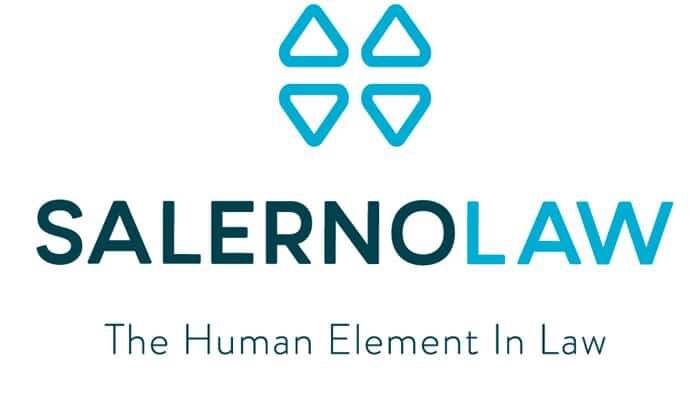Two AI Lawyers Negotiated a Contract Without the Help of Humans
Two AI lawyers successfully agreed on a legally-binding non-disclosure agreement. Yep the AI lawyer bots negotiated a deal, in record time, and sent it to the humans to sign. Nicole Buckler provides the following article. https://thechainsaw.com/business/two-ai-lawyers-negotiated-a-contract-without-the-help-of-humans/












